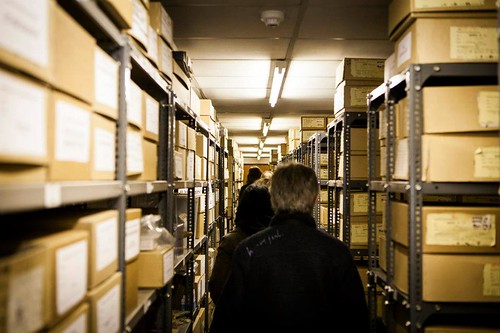Digital Transformations in the Arts and Humanities: Big Data Workshop
I spent today at the fascinating AHRC Big Data workshop:
http://www.ahrc.ac.uk/News-and-Events/Events/Pages/Big-Data-Workshop.aspx
If you got lost (like me) @ahrcdigitrans Big Data workshop is under here :-) pic.twitter.com/Cyo124y4tb
— Graeme Earl (@GraemeEarl) June 25, 2013
I made notes of what I saw as the headline issues, relating to the forthcoming funding call and what the AHRC considers of interest in the context of Big Data. The workshop was intended to influence the call.
Continue reading →


